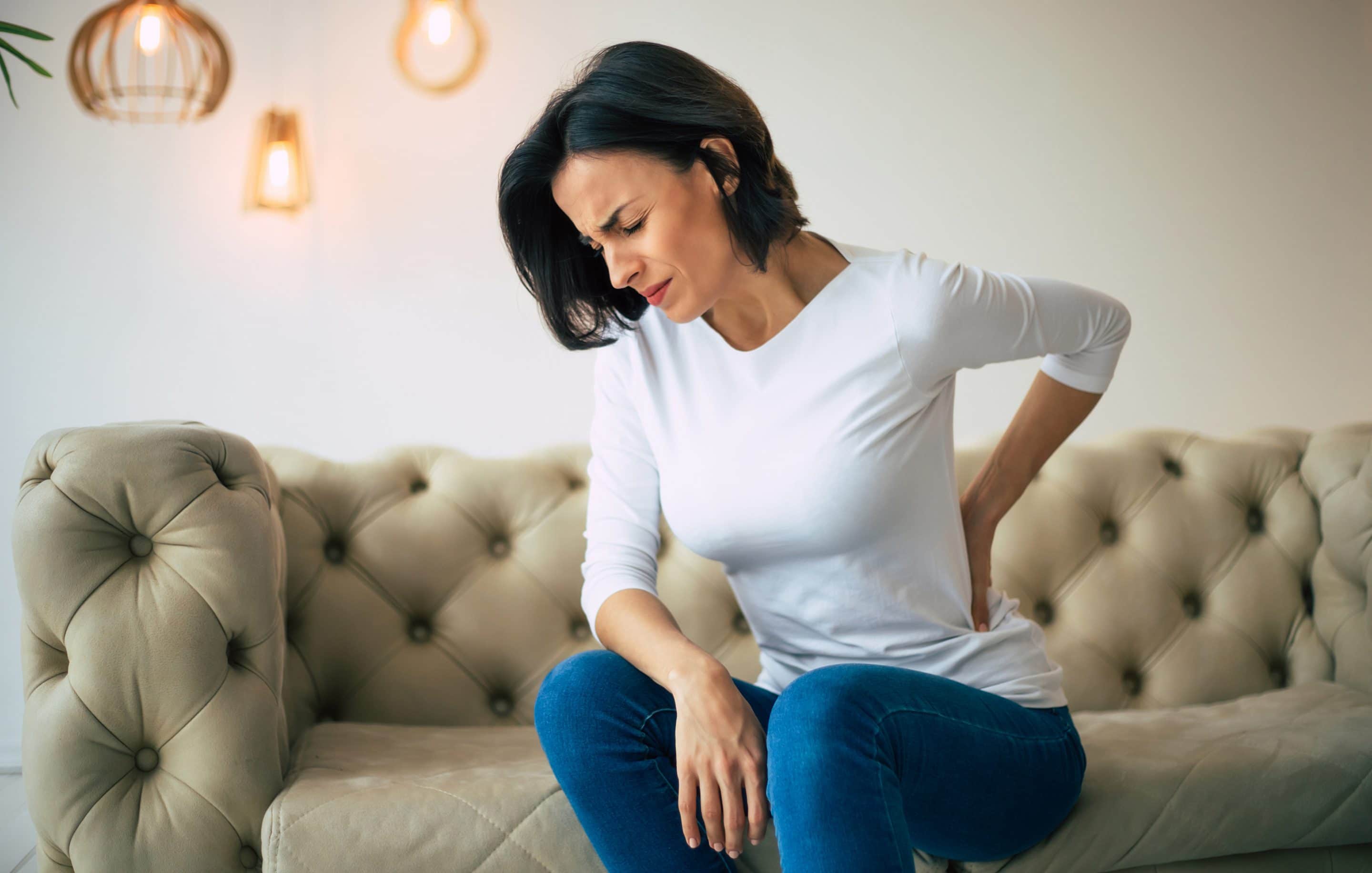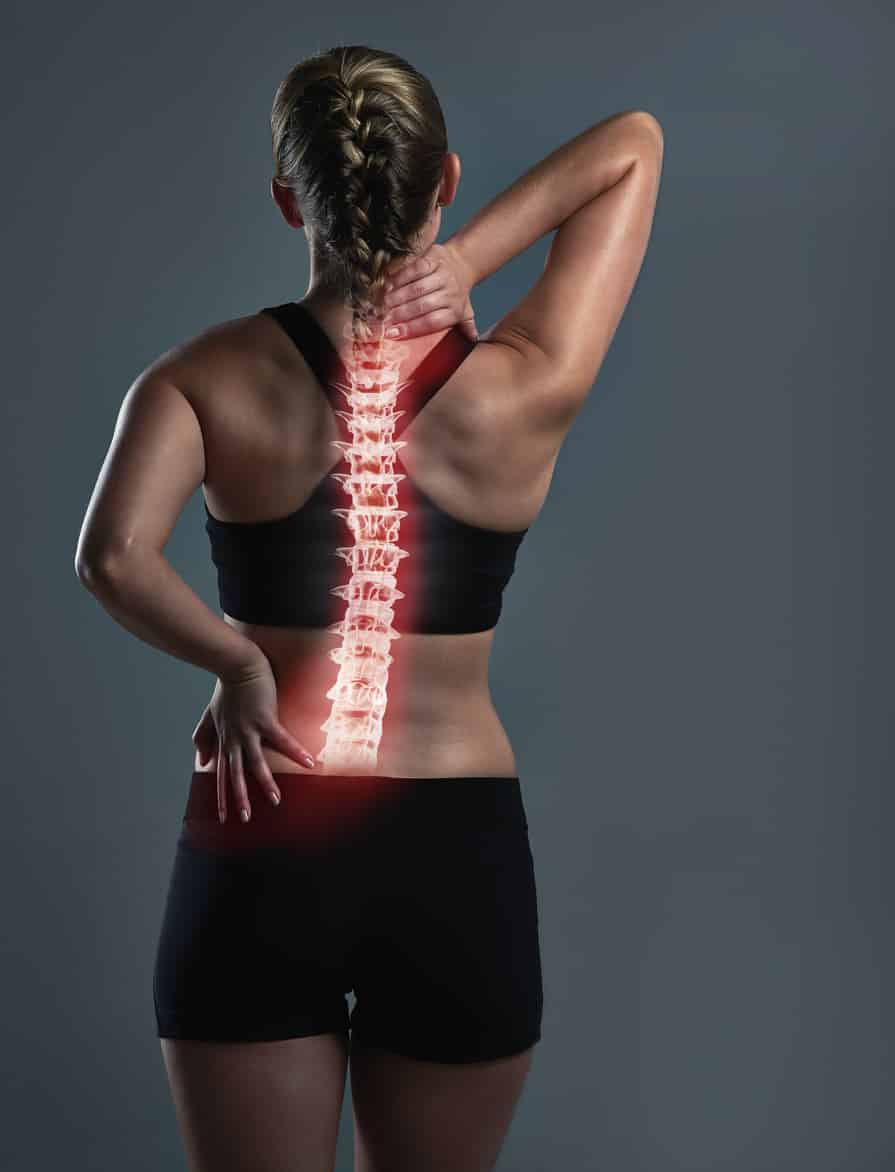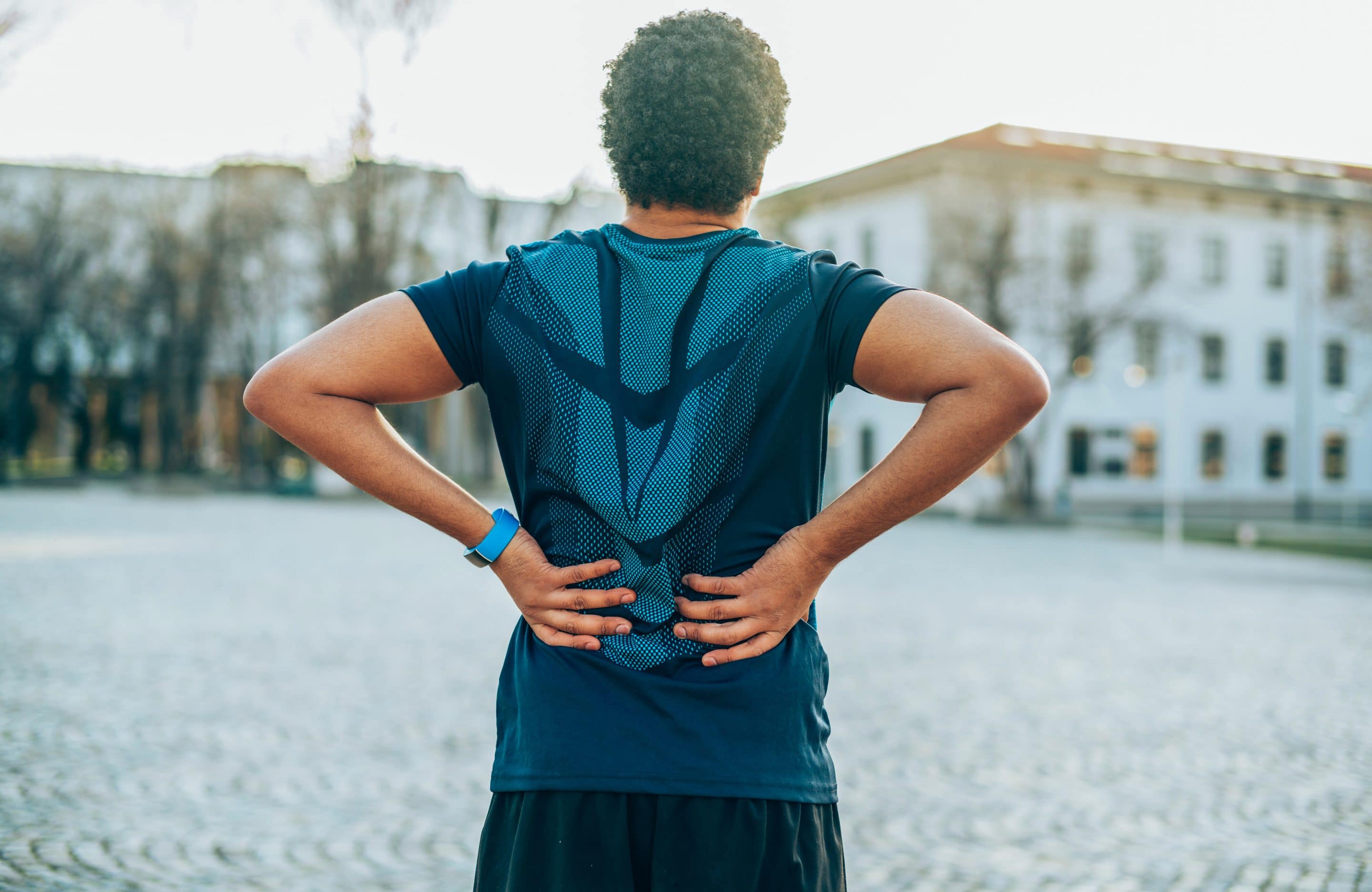Common Causes of Lower Back Pain
At some point in life, most people experience lower back pain. The intensity of this pain ranges from mild to severe and can be short-lived or long-lasting. Despite the cause of the pain, for 33% of back pain sufferers, this pain negatively affects daily life making what one would consider an easy task difficult to complete (e.g., dusting).
The CDC’s 2018 National Health Interview Survey found that 28% of men and 31% of women experienced back pain at some point within the three months leading up to completing the survey.
Symptoms of Lower Back Pain
Lower back pain can occur in many forms and levels of severity. For one person the pain may start suddenly and for another the onset of pain may be slow. Lower back pain can be continuous or come and go.
Types of back pain:
- Stabbing.
- Sharp.
- Achy.
- Dull.
- A cramp similar to a charley horse.
Most people’s back pain resolves within a few weeks’ time. The length of time an individual’s lower back pain continues helps determine whether it is acute, subacute or chronic. Most people with lower back pain find that lying down or sitting in a recliner helps ease their pain, despite the cause.

Length of Time Classifications for Back Pain
Acute Pain
Lasts less than six weeks and usually results from trauma, such as a car accident or a fall.
Subacute Pain
Lasts between 6 and 12 weeks.
Chronic Pain
Last longer than 12 weeks.
Understanding the Source of Your Lower Back Pain
The Spine
Understanding the structure of the spine and the way it moves may help people recognize which actions could lead to a back injury. The spine consists of muscles, ligaments, joints, intervertebral discs, vertebrae and nerves. Should any of these sustain damage or become misaligned back pain may result.
Muscle and Joint Pain
The most common reasons for back pain include pulled muscles, sprains and strains. There is a misconception that these injuries are the result of a single event. These injuries can also occur due to stress placed on the back while performing a repeated movement.
The Vertebrae
The vertebrae are the 33 small bones that make up the spine. These bones are stacked on top of each other. The size and shape of a vertebra depends on its location in the spine. Since the vertebrae located in the lumbar region are responsible for carrying around an individual’s body weight, these vertebrae are larger and broader than those located in the thoracic and cervical regions of the spine.
The Intervertebral Discs
In between each vertebra (except for C1 and C2) is an intervertebral disc. Each intervertebral disc consists of a gel-like fibrocartilage tissue that serves as a shock absorber for the vertebrae. This tissue holds the vertebrae together. In addition, these discs make it possible for the vertebrae to extend and flex.

Common Causes of Lower Back Pain
Specific Movements
Natural Aging
Spinal Stenosis
Disc Injury
If back pain remains after several days, there may be an injured disc, such as a disc tear, disc herniation, or slipped disc. Causes of a slipped disc include pulling, lifting, twisting, or bending.
Sciatica
When there is a slipped disc in the lower back, pressure is frequently placed on the sciatic nerve. When this happens the pain begins in the lower back radiating down the hips, buttocks and the back of the leg to the foot. Sciatica usually affects one leg at a time.
Disc Degeneration
With time, intervertebral discs begin wearing away and shrinking. Sometimes the disc collapses all the way and the vertebrae begin rubbing against each other (i.e., osteoarthritis). The onset of stiffness and pain is likely.
Degenerative Spondylolisthesis
As time passes, aging and typical wear and tear on the joints make keeping everything in line more difficult. The vertebrae are unstable, so they can move around, sometimes one-vertebra slides over another. When there is too much slippage, pain may result as the vertebrae press on the spinal nerves.
Scoliosis
An abnormal curvature of the spine that usually develops during the teenage years. Scoliosis also develops in people with arthritis. Scoliosis can cause pain in the back and, if pressure is placed on the nerves of the lower back, leg symptoms (e.g., sciatica).
Other Lower Back Pain Causes
Some causes of lower back pain can be serious. For example, individuals need to contact their physician if they have a history of cancer, arterial disease, vascular disease or pain that remains despite their position or activity level. Furthermore, regardless of symptoms or age, if the back pain persists longer than a few weeks, or is accompanied by chills, fever or unexpected weight loss, seeking medical care is vital.
An orthopedic specialist is an invaluable resource for back pain. An orthopedic surgeon offers precise expertise designed to increase your mobility, reduce your pain and get your life back on track.
Cameron Hospital’s Orthopedic Clinic is fully equipped to diagnose and treat your back pain. Our specialists are here to help you find the relief you need. Learn more about how we can do so by scheduling an appointment or contacting us today.

©2024 Cameron Memorial Community Hospital
416 E. Maumee Street, Angola, IN 46703
